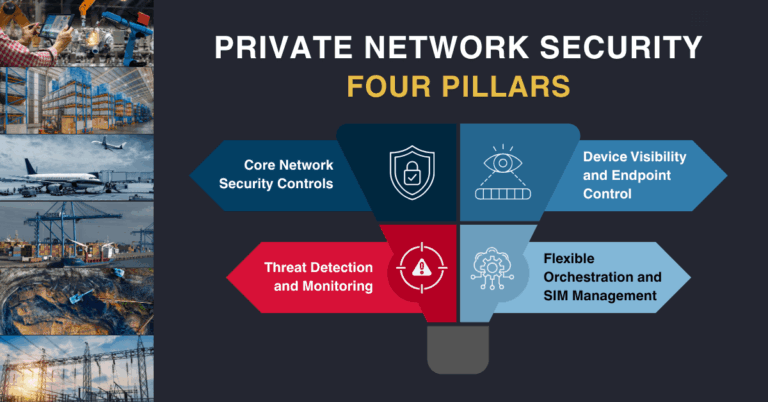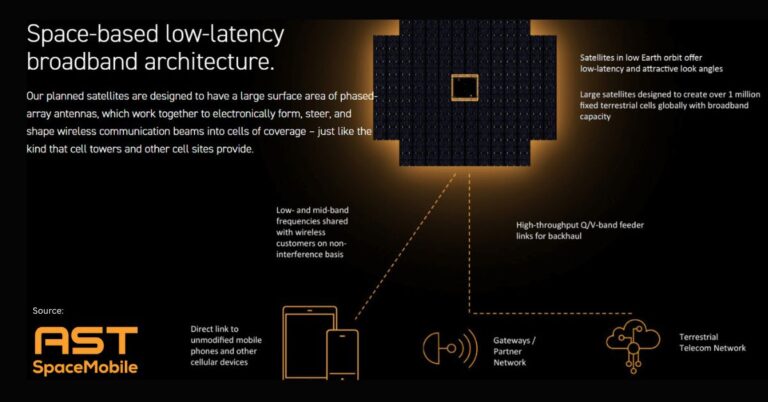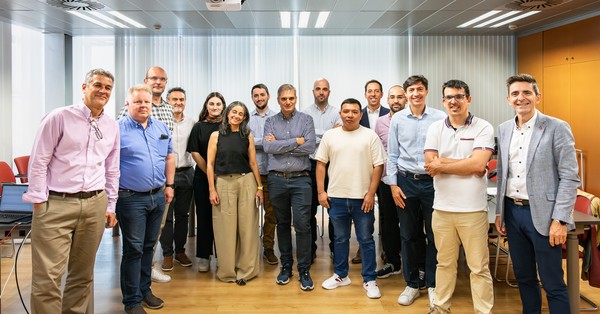OneLayer, a pioneer in securing private LTE/5G networks for enterprises, announced today that it has partnered with Druid Software, the leading global provider of private cellular network core software solutions for enterprises. OneLayer will be securing Druid Software’s 5G private network domain, ultimately providing its clients, including system integrators, with a platform and the abilities they need to successfully deliver and support end-to-end cellular networks to the enterprise.
Private cellular networks provide organizations with connectivity on a completely different level, including increased reliability, a dedicated bandwidth with capacity and range, no lag time, and connectivity of IoT and OT devices across vast areas. As organizations increasingly adopt these networks, they must consider a critical element of successful network deployment, namely, integrating the cellular network with the enterprise’s existing IT network. To successfully accomplish this integration, organizations must keep the network secured, including both visibility and segmentation. Druid Software, a core cellular network software company, and OneLayer’s partnership now provide a solution that removes the security concerns for Druid’s clients.
OneLayer is integrating its SaaS solution on Druid Software equipment, allowing for seamless security for any private LTE/5G network running on Druid Software’s core. Its solution for securing private cellular networks will enable network security using a Zero Trust approach, asset management, cellular and IoT device fingerprinting, policy enforcement that allows network segmentation, and anomaly detection, amongst other capabilities, securing devices connected to Druid Software’s core.
“We are excited to be working with Druid Software as a strategic partner. In addition to providing a security solution for Druid, we have also included Druid’s core as a part of our new 5G Security Lab,” said Dave Mor, CEO and Co-founder of OneLayer. “By providing a much-needed security solution for Druid we are giving users the confidence to invest in adopting an LTE/5G network that has the potential to take their business to the next level. We feel this first-hand through our own implementations and research”
“By adding this security solution which brings further essential capabilities for network protection we are addressing a market need for our clients and ensuring them the best and safest 5G or 4G offering to date,” said Tadhg Kenny, Senior Vice President for Partnerships at Druid. “Our clients rely on Druid for the quality of its Raemis core network. Now with OneLayer’s additional levels of security, we will be providing an even more comprehensive product to serve their business needs”








































